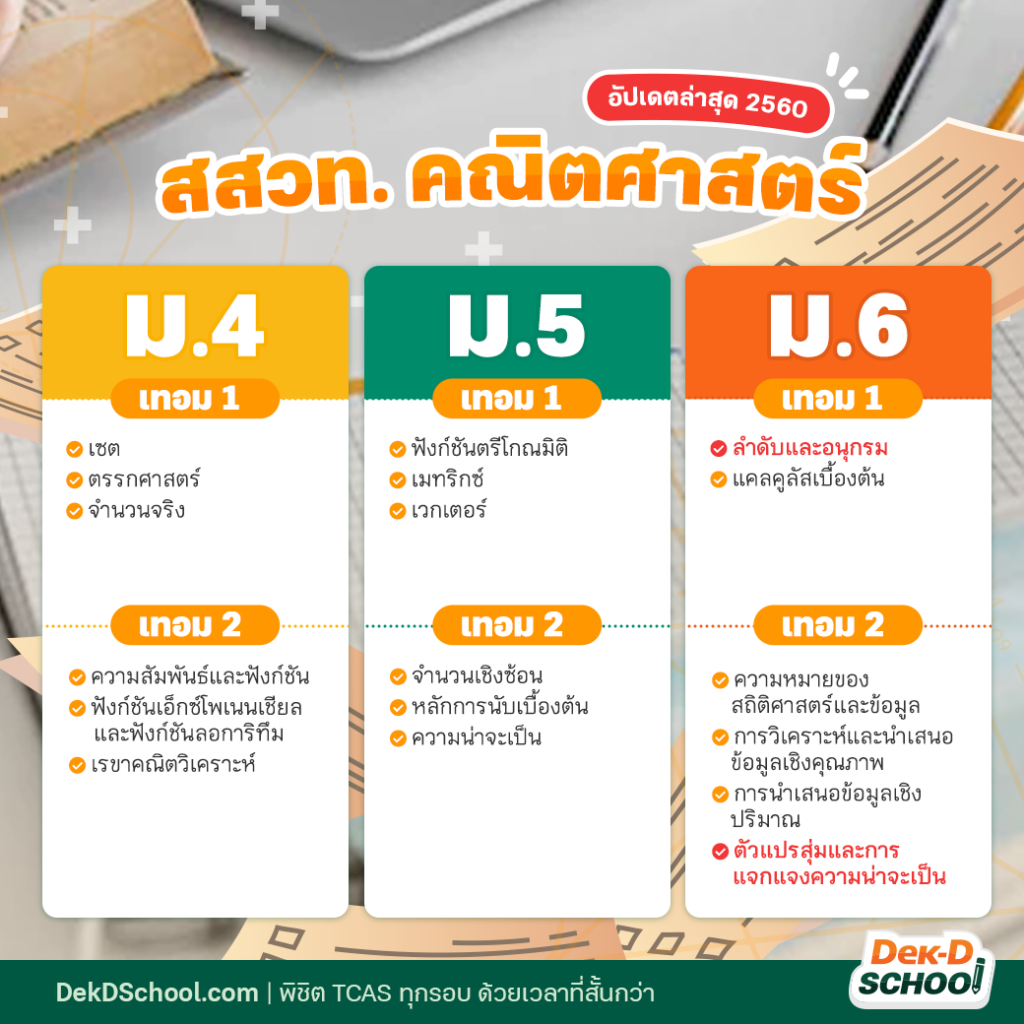1. ไปที่เว็บไซต์ https://www.microsoft.com/th-th/software-download/windows10
2. คลิกที่ “อัปเดตเดี๋ยวนี้” เพื่อดาวน์โหลดไฟล์ Windows10Upgrade9252.exe
1. ไปที่เว็บไซต์ https://www.microsoft.com/th-th/software-download/windows10
2. คลิกที่ “อัปเดตเดี๋ยวนี้” เพื่อดาวน์โหลดไฟล์ Windows10Upgrade9252.exe
In this tutorial, we will learn how to interface RFID reader RDM6300 or RDM630 with Arduino. Both of these RFID readers communicate via a serial connection on UART and follow the same interfacing with Arduino thus this tutorial will be compatible with both types of RFID readers. First, we will give you a brief description of the RDM6300 module which is cheaper than RDM630 and easily available, its pinout and connection with the Arduino Board. Then we will show you a sketch which will enable us to identify EM4100-compatible tags via this RFID reader.
We have a similar guide with ESP8266 and ESP32:
RFID stands for Radio Frequency Identification. It is a tagging identification system that uses electromagnetic waves in radio frequency to transfer data. An RFID system consists of a passive card or tag and an active read or write device which is RDM6300 in our case.
RDM6300 RFID module is a low-cost RFID reader. You can purchase it for less than 5$ as compared to RDM630 which costs approximately $10-15. Both of the modules work on a 125kHz radio frequency. Therefore, they are able to detect RFID tags or cards which can communicate with RFID readers at 125KHz frequency. RDM6300 RFID module works on transistor logic or in short TTL logic. It means you need to provide 5 volt dc to power supply pins of this module. It has a UART communication function. In other words, it can communicate with microcontroller through a UART serial communication. It has TTL RS232 format.
A simple library to interface with RDM6300 RFID reader.
Stream.When given a printable ASCII character as an argument, the functions Keyboard.write(), Keyboard.press() and Keyboard.release() simulate actuations on the corresponding keys. These functions can also handle ASCII characters that require pressing a key in combination with Shift or, on international keyboards, AltGr. For example:
Keyboard.write('a'); // press and release the 'A' key
Keyboard.write('A'); // press Shift and 'A', then release bothA typical keyboard, however, has many keys that do not match a printable ASCII character. In order to simulate those keys, the library provides a set of macros that can be passed as arguments to Keyboard.write(), Keyboard.press() and Keyboard.release(). For example, the key combination Shift+F2 can be generated by:
Keyboard.press(KEY_LEFT_SHIFT); // press and hold Shift
Keyboard.press(KEY_F2); // press and hold F2
Keyboard.releaseAll(); // release bothNote that, in order to press multiple keys simultaneously, one has to use Keyboard.press() rather than Keyboard.write(), as the latter just “hits” the keys (it presses and immediately releases them).
ESP32 มีขาต่อใช้งานทั้งหมด 34 ขา แต่ไม่ใช่ว่าทุกขาจะใช้งานได้ทุกฟังก์ชั่น เช่น บางขาเป็นขาที่ใช้อัพโหลดโปรแกรม หากต่อใช้งานอาจทำให้อัพโหลดโปรแกรมไม่เข้า หรือบอร์ดไม่ทำงาน หรือขา ADC แม้จะมีมากถึง 18 ขา แต่มีข้อจำกัดบางประการที่ทำให้ใช้จริงได้ไม่ครบ บทความนี้จึงมาสรุปรวมว่าขาไหนของ ESP32 ที่นำไปต่อใช้งานได้อย่างปลอดภัย พร้อมเทคนิคเล็กน้อย ๆ อย่างการแก้ไขโค้ดโปรแกรมเพื่อย้ายขาต่อใช้งานอินเตอร์เฟสต่าง ๆ อีกด้วย
บทความนี้ใช้บอร์ด IOXESP32+ เป็นบอร์ดอ้างอิงการเรียงตำแหน่งขา และบอกตำแหน่งอ้างอิงขาบนอุปกรณ์จริง หากผู้อ่านใช้บอร์ด ESP32 รุ่นอื่น ๆ มีความจำเป็นต้องดู Pinout diagram ของบอร์ดที่ท่านใช้ด้วยตนเองประกอบบทความด้วย
เพิ่มปฏิทินโดยใช้ URL
https://www.google.com/calendar/ical/n7kthnfuc8uldm955sfkpjt244%40group.calendar.google.com/public/basic.ics
youtube.com##+js(set, yt.config_.openPopupConfig.supportedPopups.adBlockMessageViewModel, false) youtube.com##+js(set, Object.prototype.adBlocksFound, 0) youtube.com##+js(set, ytplayer.config.args.raw_player_response.adPlacements, []) youtube.com##+js(set, Object.prototype.hasAllowedInstreamAd, true)

เนื้อหาข้างต้นจะเป็นเนื้อหาของคณิตศาสตร์เพิ่มเติม ที่น้องๆ สายวิทย์และสายศิลป์คำนวณได้เรียน ส่วนน้องๆ สายศิลป์อื่นๆ จะได้เรียนเนื้อหาคณิตพื้นฐาน ซึ่งก็เป็นเนื้อหาส่วนนึงของคณิตศาสตร์เพิ่มเติมนี่แหละ แต่ไม่เจาะลึกเท่าเนื้อหาเพิ่มเติม โดยน้องๆ จะใช้เนื้อหานี้เตรียมสอบวิชาสามัญคณิตประยุกต์ ซึ่งน้องสามารถเลือกสอบเฉพาะคณิตศาสตร์พื้นฐาน หรือเฉพาะคณิตศาสตร์เพิ่มเติม หรือสอบทั้งสองวิชาเลยก็ได้